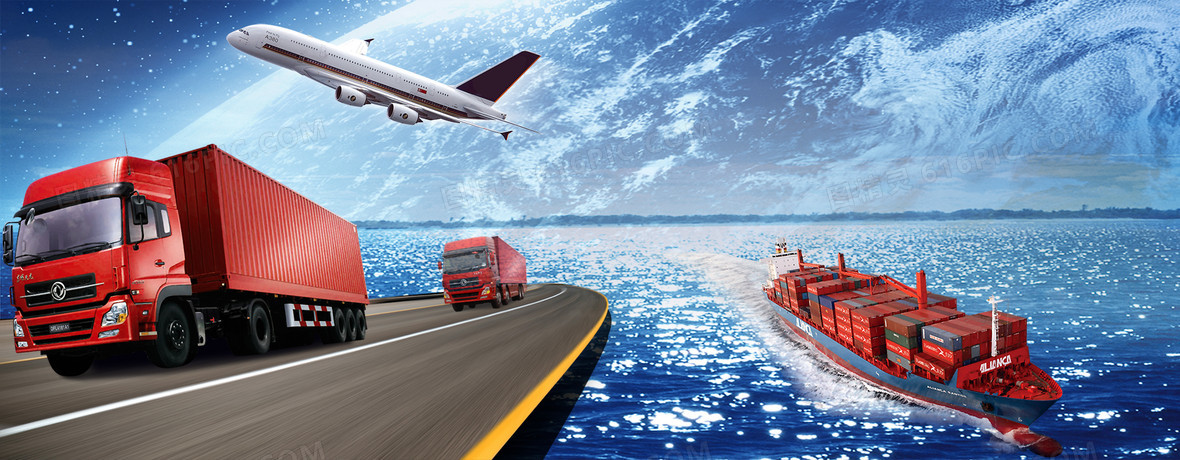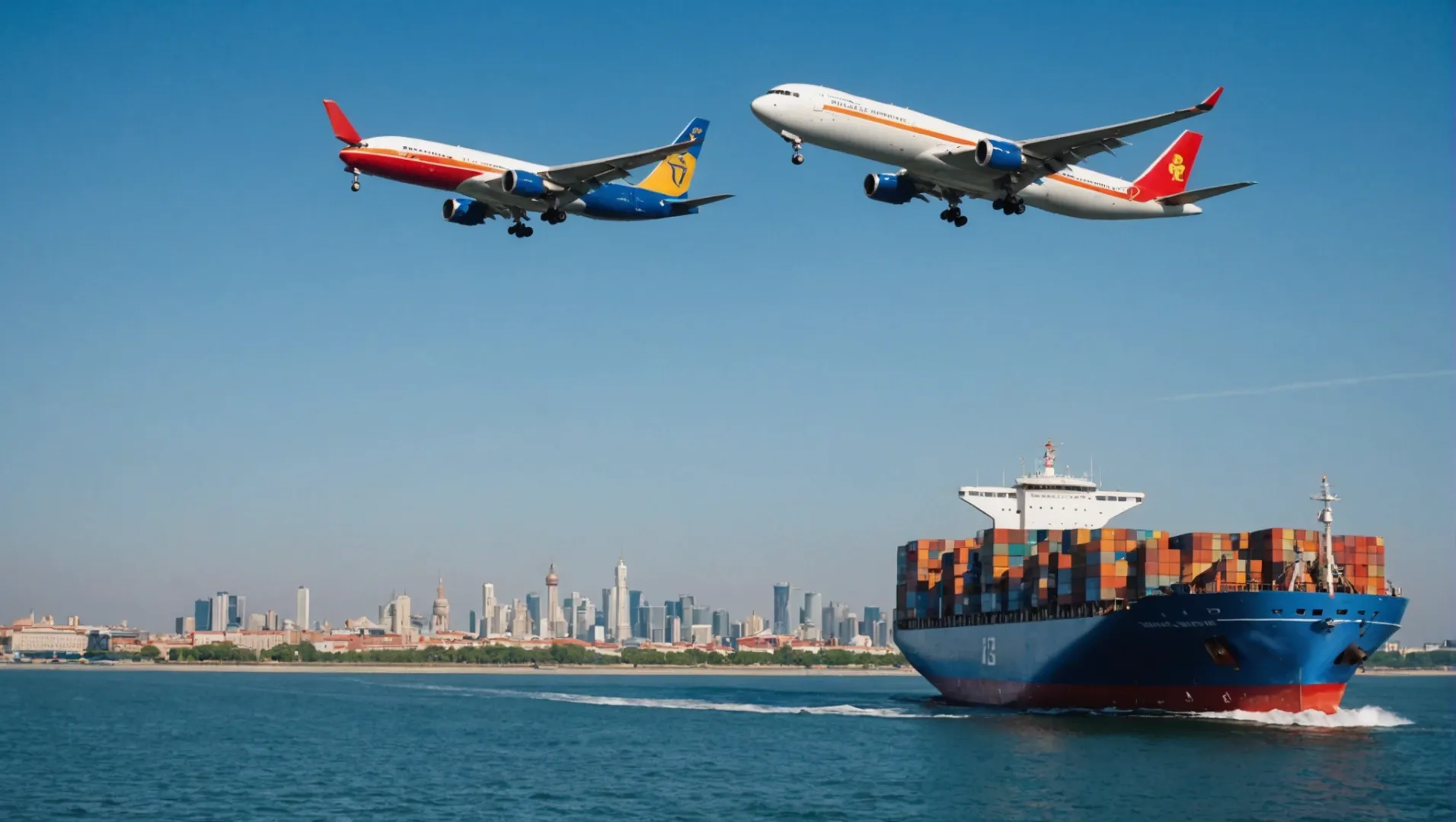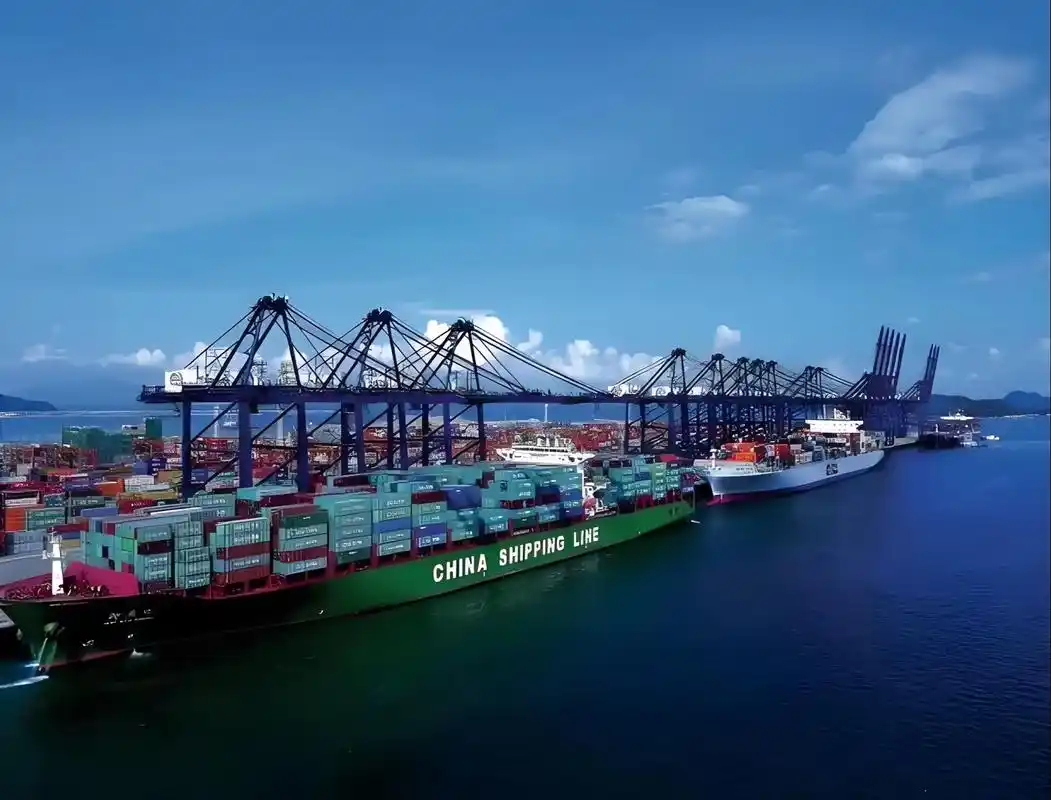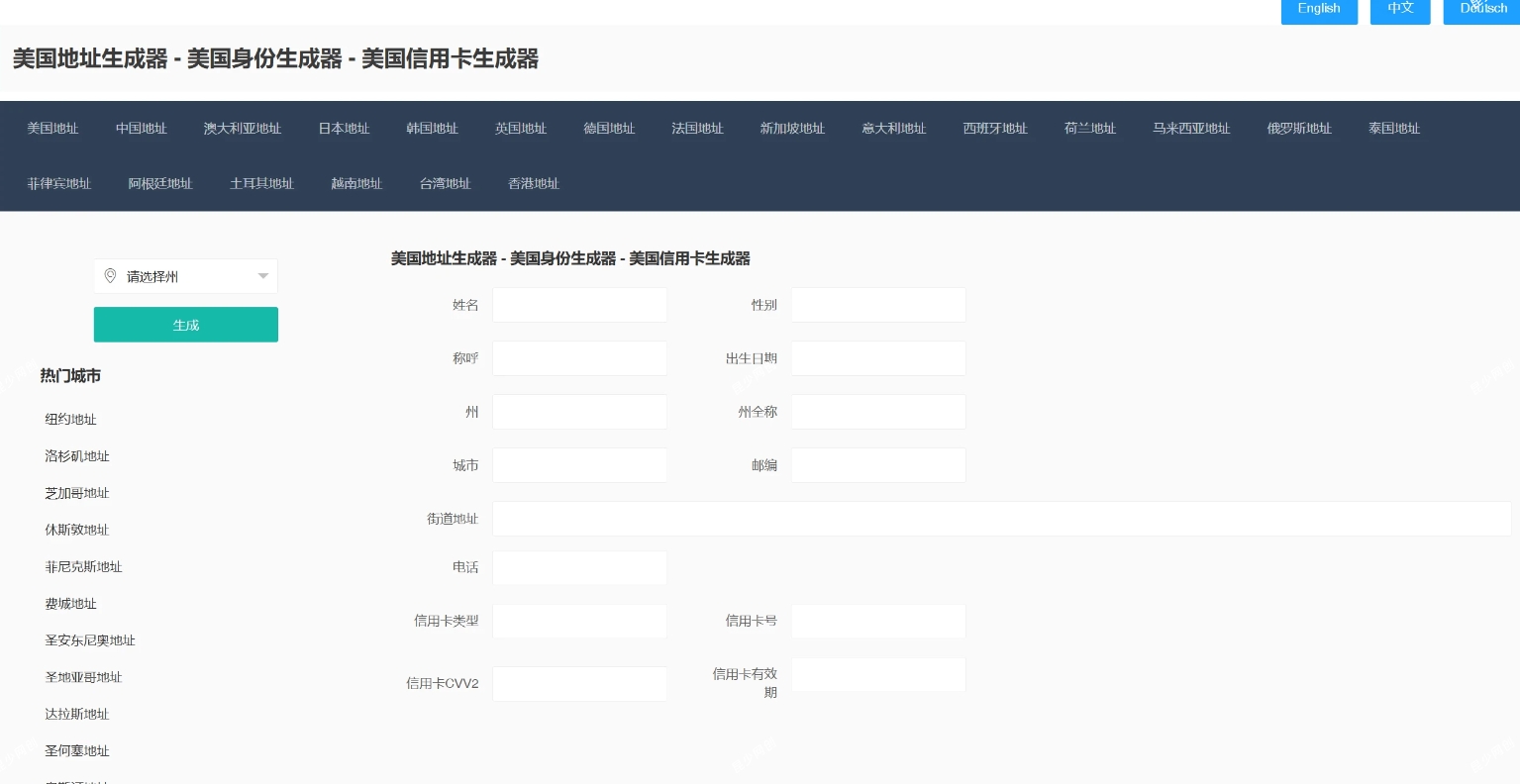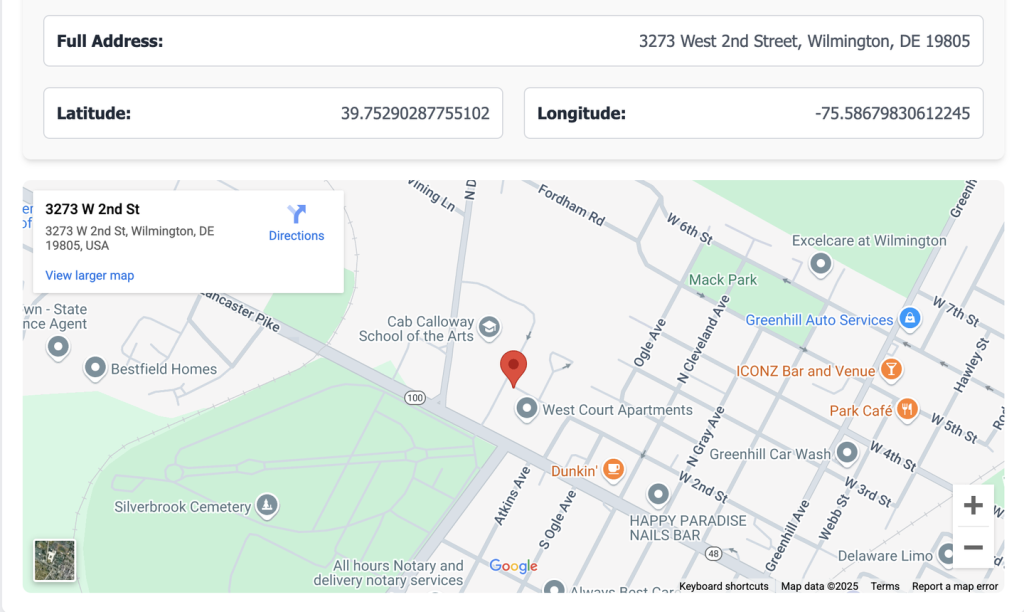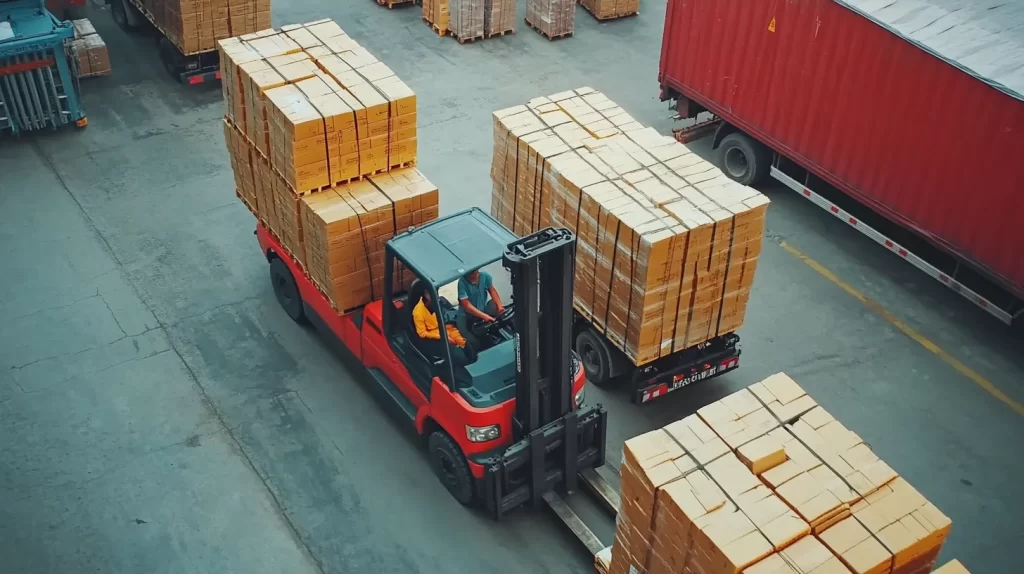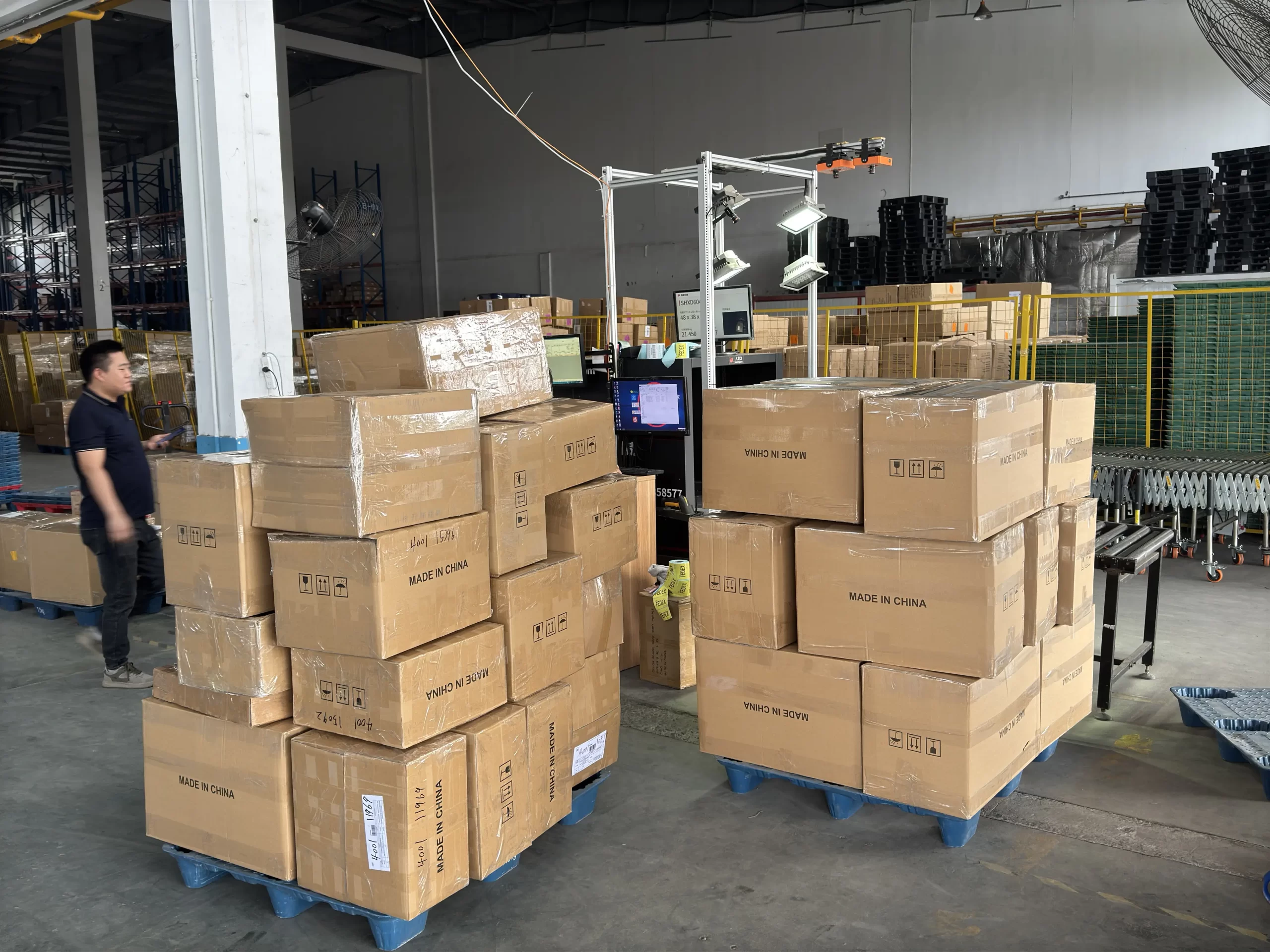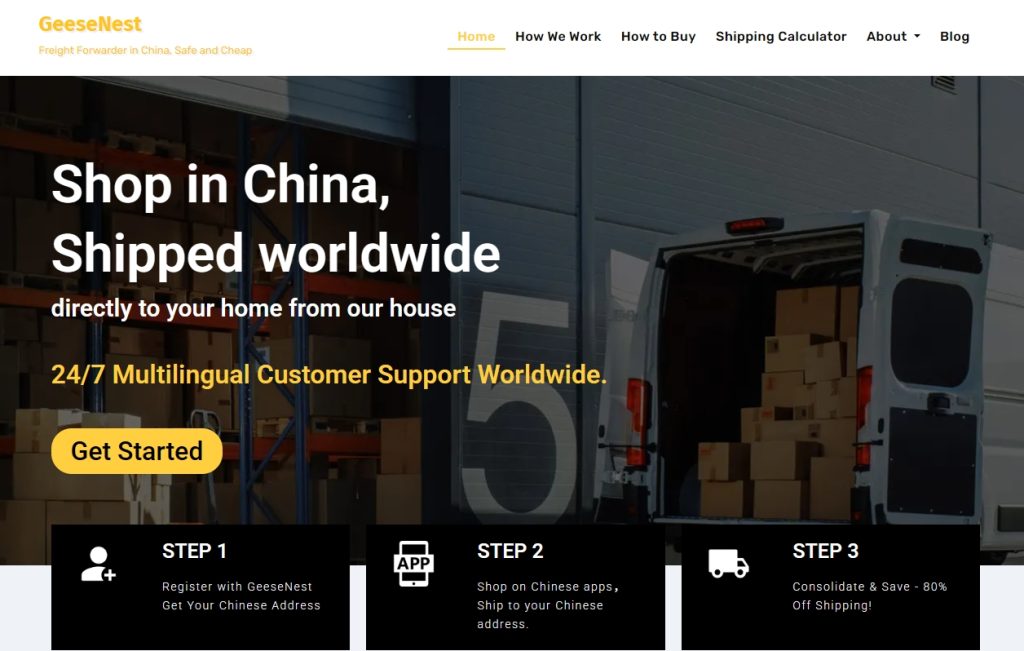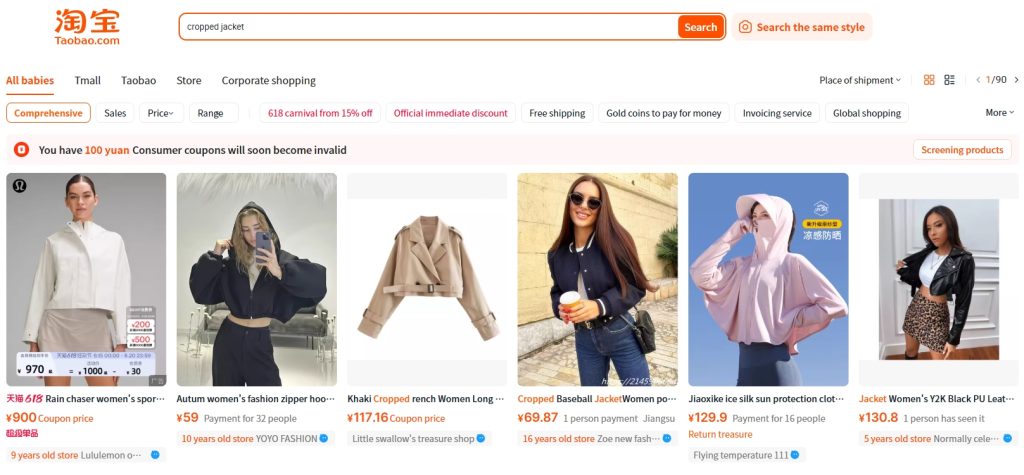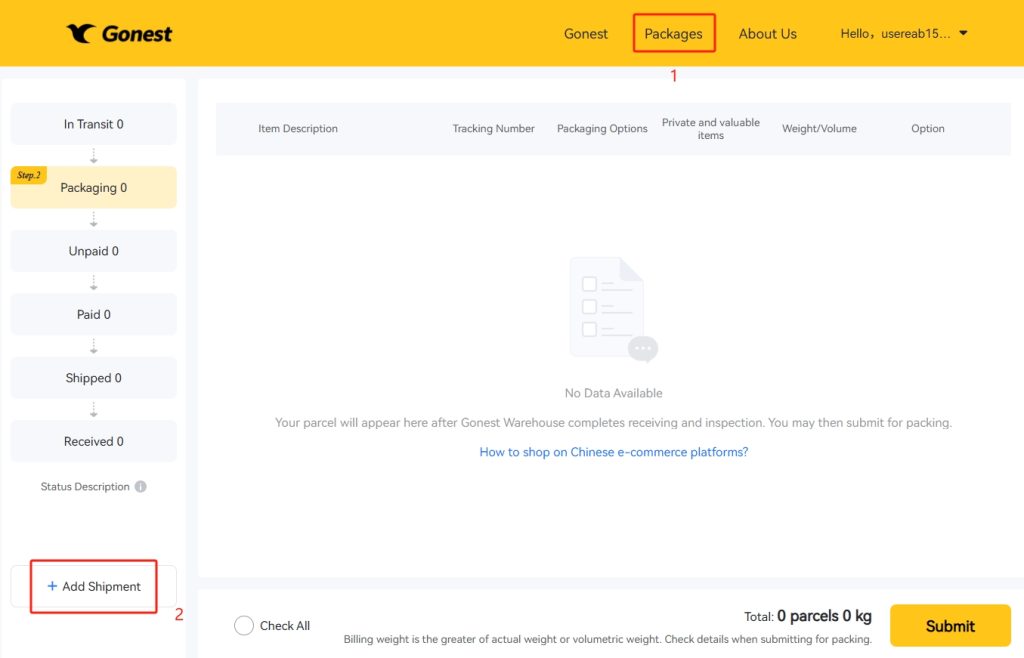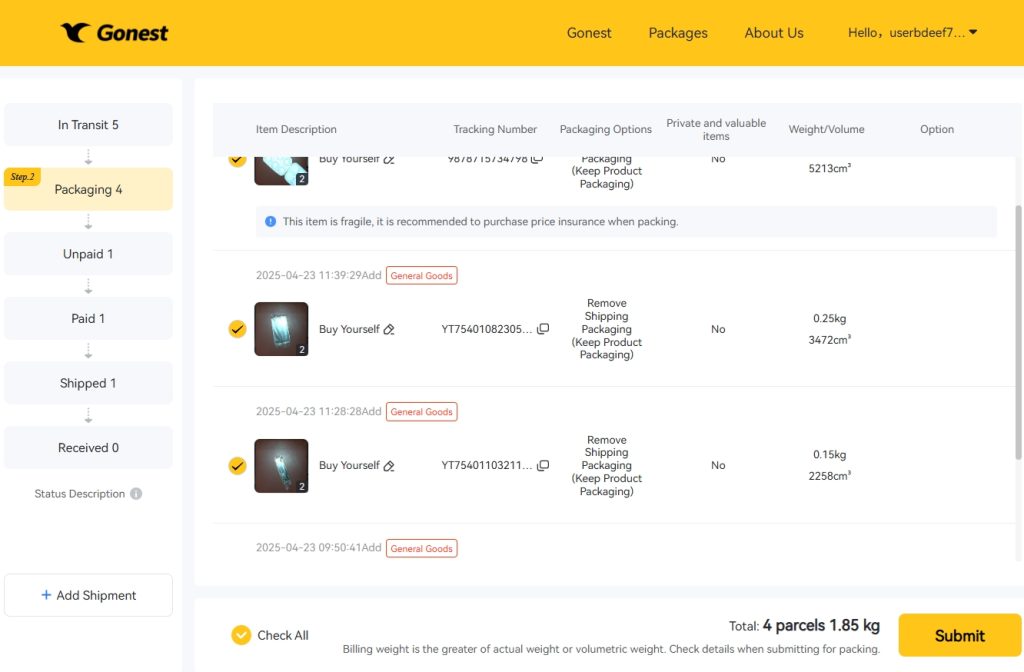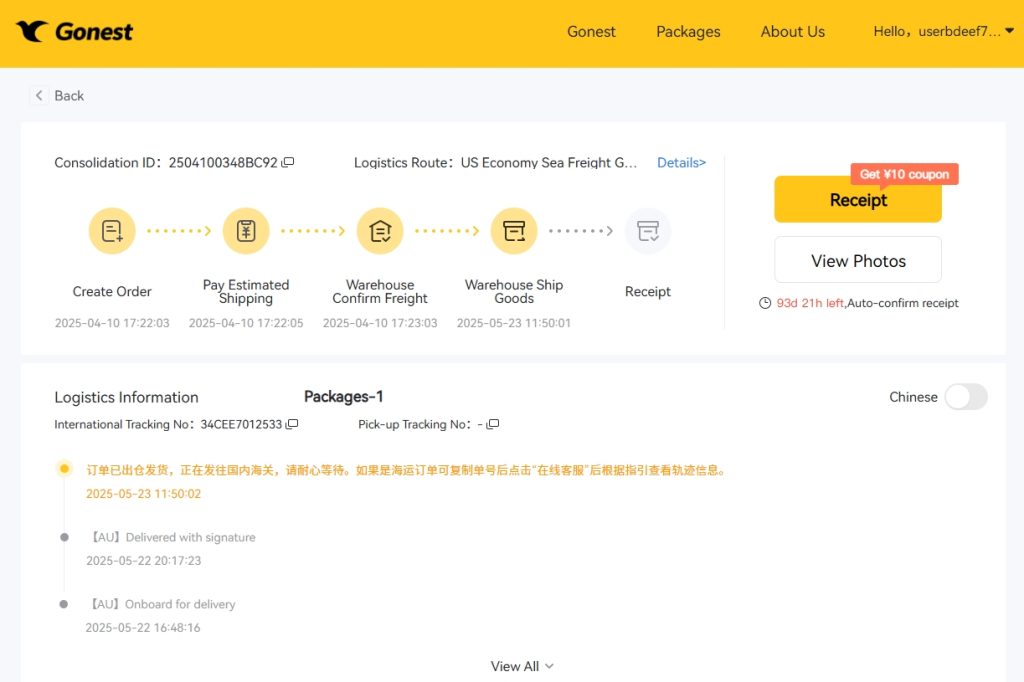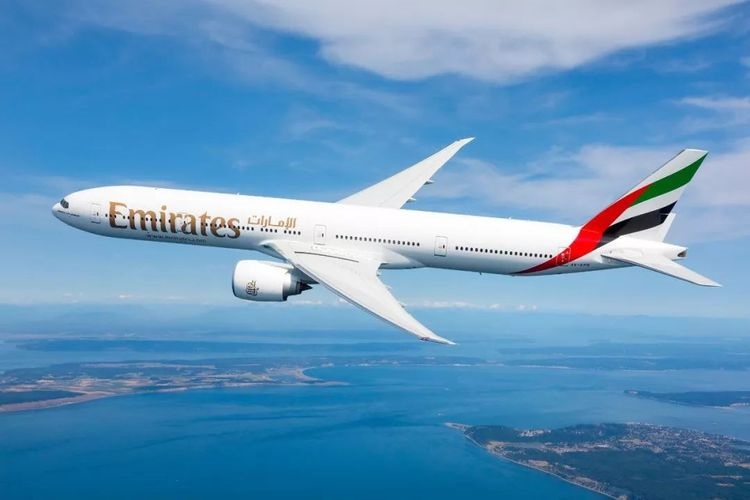Marine Insurance: Definition and Claim Process
In international trade, the safe transportation of goods is paramount. Marine transport, while a primary method of shipping, carries inherent risks. To safeguard goods and mitigate these risks, marine insurance plays a vital role. This article provides a comprehensive overview of marine insurance, its definition, types of losses covered, and the process of obtaining compensation.
What is Marine Insurance?
Marine insurance is a contract where an insurer, for a premium, undertakes to indemnify the insured against losses arising from maritime perils or external risks during the ocean transit of goods. Simply put, it’s a way to transfer the risks associated with sea transport to an insurance company by paying a fee. Marine insurance protects against a wide range of potential issues during a voyage.
Types of Risks Covered by Marine Insurance
Risks in marine transportation are diverse and can be broadly classified as “maritime perils” and “extraneous risks.” Maritime perils primarily refer to natural disasters and accidents, such as storms, reefs, collisions, etc., leading to losses known as “general average” and “particular average” in marine insurance. Extraneous risks encompass theft, robbery, war, and other similar incidents, resulting in losses categorized as “other losses.”
Categories of Losses in Marine Insurance
Losses under marine insurance are categorized as “total loss” and “partial loss.”
Total Loss
Total loss refers to the complete loss of cargo during sea transport. It’s further divided into “actual total loss” and “constructive total loss.”
- Actual Total Loss: This occurs when the goods are completely destroyed or irretrievably lost, such as sinking to the seabed, being hijacked by pirates, or becoming commercially worthless due to seawater damage or mold. A vessel missing for a significant period, considering the voyage and area, can also be deemed an actual total loss.
- Constructive Total Loss: This happens when the cost of salvaging, repairing, or forwarding the damaged goods to their destination exceeds their value at the destination, or when an actual total loss is inevitable. For example, if the repair cost of severely damaged goods surpasses their repaired value, or if the cost of recovering the goods exceeds their value.
Partial Loss
Partial loss refers to any loss that is not an actual or constructive total loss. It’s further classified into “general average” and “particular average.”
- General Average: This refers to losses or expenses incurred deliberately and reasonably for the common safety of the vessel, cargo, and other involved parties. For example, if a ship runs aground, and the captain orders some cargo to be jettisoned to refloat the vessel, or if a ship malfunctions and a tugboat is hired for safe arrival at the port, these expenses fall under general average. General average is characterized by a real danger to common safety, reasonable measures taken intentionally, losses directly resulting from those measures, extra expenses incurred, and shared responsibility among all stakeholders.
- Particular Average: This encompasses losses caused solely by accidents and affecting only the shipowner or cargo owner’s interests, such as damage due to collisions, rain, or moisture during transit. The cargo insurance policyholder bears the responsibility for particular average losses.
How to Obtain Compensation for Marine Insurance Claims
To receive compensation after a marine loss, follow these steps:
- Prompt Notification: Immediately inform the insurance company and relevant carriers about the loss and take necessary measures to mitigate further damage.
- Evidence Collection: Gather all relevant evidence related to the loss, including the bill of lading, insurance policy, accident reports, survey reports, and photographs. This evidence is crucial for substantiating the loss and its extent.
- Claim Submission: With all evidence assembled, formally submit a claim to the insurance company, detailing the circumstances of the loss and providing supporting documentation.
- Claim Review: The insurance company will review the claim, verifying the loss and assessing the claimed amount.
- Compensation Payment: Upon successful claim approval, the insurance company will disburse the compensation according to the insurance policy terms.
Conclusion
Marine insurance is an essential aspect of international trade, effectively transferring risk and protecting the interests of cargo owners. Understanding marine insurance definitions, loss types, and the claims process is crucial. Choosing the right insurance plan and diligently maintaining relevant documentation are essential for safeguarding your interests in case of unforeseen events. This information should equip you with a better understanding of marine insurance for practical application. When selecting marine insurance, consult with a qualified insurance broker or company. Tailor your coverage to your specific cargo type, route, and risk profile, ensuring maximum protection.
